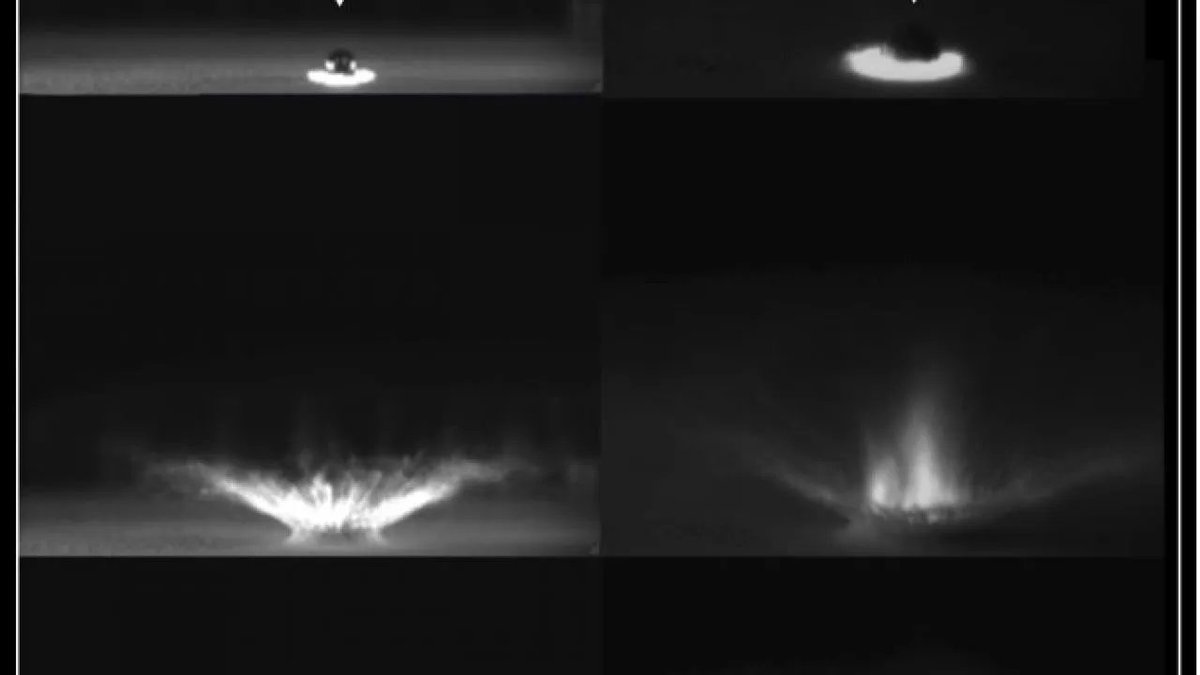

Last month, astronomers reported that a discarded upper stage of a Falcon 9 rocket, launched 7 years ago, was on a collision course with the Moon. The rocket in question carried NASA’s Deep Space Climate Observatory (DSCOVR) to the Sun-Earth L1 Lagrange point, where the still-operating observatory provides advance warning on solar wind activities. The leftover rocket stage, meanwhile, became a floating piece of space junk orbiting the Sun. Its ultimate fate was unknown, until last month, when astronomer Bill Gray predicted that it was bound for an impact with the Moon sometime on March 4th, 2022.
This week, Gray, who has been tracking the object ever since, released an update on the situation. He confirmed that there is indeed a rocket stage on course to crash into the far side of the Moon, but it’s not a SpaceX rocket at all. Instead, it’s a Chinese booster: the upper stage of the rocket that carried China’s Chang’e 5-T1 mission to the Moon in 2014.
Gray, who manages the near-Earth object tracking software Pluto Project, explained that the erroneous identification of the object as DSCOVR’s upper stage back in 2015 was based on shaky evidence.


“Essentially,” he wrote, “I had pretty good circumstantial evidence for the identification, but nothing conclusive. That was not at all unusual. Identifications of high-flying space junk often require a bit of detective work, and sometimes, we never do figure out the ID for a bit of space junk; there are a couple of unidentified bits of junk out there. (At least, not identified yet.)”
But the detective work he’d carried out was suggestive enough that he considered it a positive ID for the SpaceX rocket, and no one questioned it. That is, until February 12, 2022, when Gray received an email from Jon Giorgini at the Jet Propulsion Laboratory (JPL). Giorgini pointed out that DSCOVR’s initial trajectory did not pass particularly close to the Moon, and so it was strange that the upper stage Gray was tracking seemed to have gone right past it only two days after launch.
The email prompted Gray to dig into his data and look for an alternative explanation for the object. If it wasn’t the DSCOVR rocket after all, what was it? The only other object that fit the bill was the upper stage from China’s Chang’e 5-T1 mission (which was a test flight and precursor to China’s successful 2020 lunar sample return mission, Chang’e 5), which did pass close by the Moon, five days after its own launch. A little digging by fellow object-tracking expert Jonathan McDowell provided trajectory data on one of Chang’e 5-T1’s CubeSats, which had taken a “ride-share” on the booster, and which aligned neatly with the route taken by the object.
So it seems conclusive that the object about to hit the Moon is indeed the Chang’e 5-T1 booster, though Gray admits that once again, the evidence is circumstantial evidence. But it’s a pretty good match, and offers a better explanation for the object than the SpaceX booster ever did.
With the mystery resolved, the misidentified object has been rechristened, and is set for a spectacular finale when it impacts the lunar regolith early next month.
The whole affair is somewhat trivial in the grand scheme of things, but it does raise some interesting questions about how space junk beyond low Earth orbit is tracked, and whether better tools are needed to do so.
In low Earth orbit, space junk is monitored carefully, as the region is much more crowded, and precise tracking is required to avoid collisions. This is especially important in and around the International Space Station, where space junk could pose a threat to astronauts. But in deep space, there is very little official tracking of objects – most of the attention here is focused on asteroid-hunting to ensure that we are aware of any possible threats to Earth. Human-made objects in deep space are not systematically tracked. Gray himself only does so part-time.
As humans venture back to the Moon in the coming decade, Gray suggests that it might be prudent to implement a more rigorous tracking system, and outlined a few steps to take to get started.
First, he suggests that launch providers ought to make the last known trajectories of their boosters publicly available. Second, they should put some consideration into reducing space junk, deorbiting used boosters where possible. And finally, Gray suggests that in the long run, an international (and well-funded) organization will probably be required to effectively carry out precise object tracking.
Oh, and if you’re wondering where the DSCOVR booster actually is – well, for now, no one knows. Gray’s best guess is that it’s somewhere in orbit around the Sun. Without active controls to keep it at the L1 Lagrange point, it will have likely floated away to find its own path through the Solar System.
If you want to see Gray’s description of the whole affair in his own words, you can read it here.
The giant-impact hypothesis posits that billions of years ago a Mars-sized body named Theia collided…
What can Venus atmospheric samples returned to Earth teach us about the varied evolution of…
Type 1a supernovae are extremely powerful events that occur in binary systems containing at least…
What's the story of our Moon's early history? Despite all we know about our closest…
When it comes to particles, only photons are more abundant than neutrinos, yet detecting neutrinos…
Some astrophysicists theorize that there are primordial black holes, leftover from the formation of the…